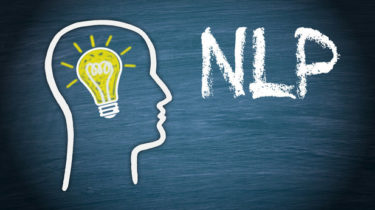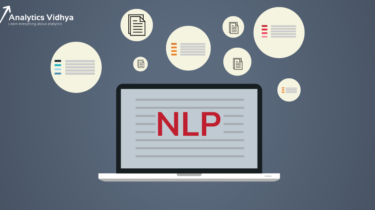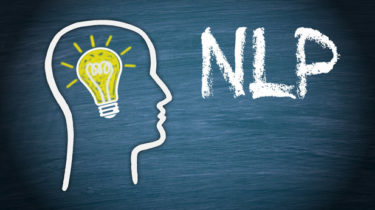NLTK: A Beginners Hands-on Guide to Natural Language Processing
This article was published as a part of the Data Science Blogathon Introduction: NLTK is a toolkit build for working with NLP in Python. It provides us various text processing libraries with a lot of test datasets. A variety of tasks can be performed using NLTK such as tokenizing, parse tree visualization, etc… In this article, we will go through how we can set up NLTK in our system and use them for performing various NLP tasks during the text processing […]
Read more








